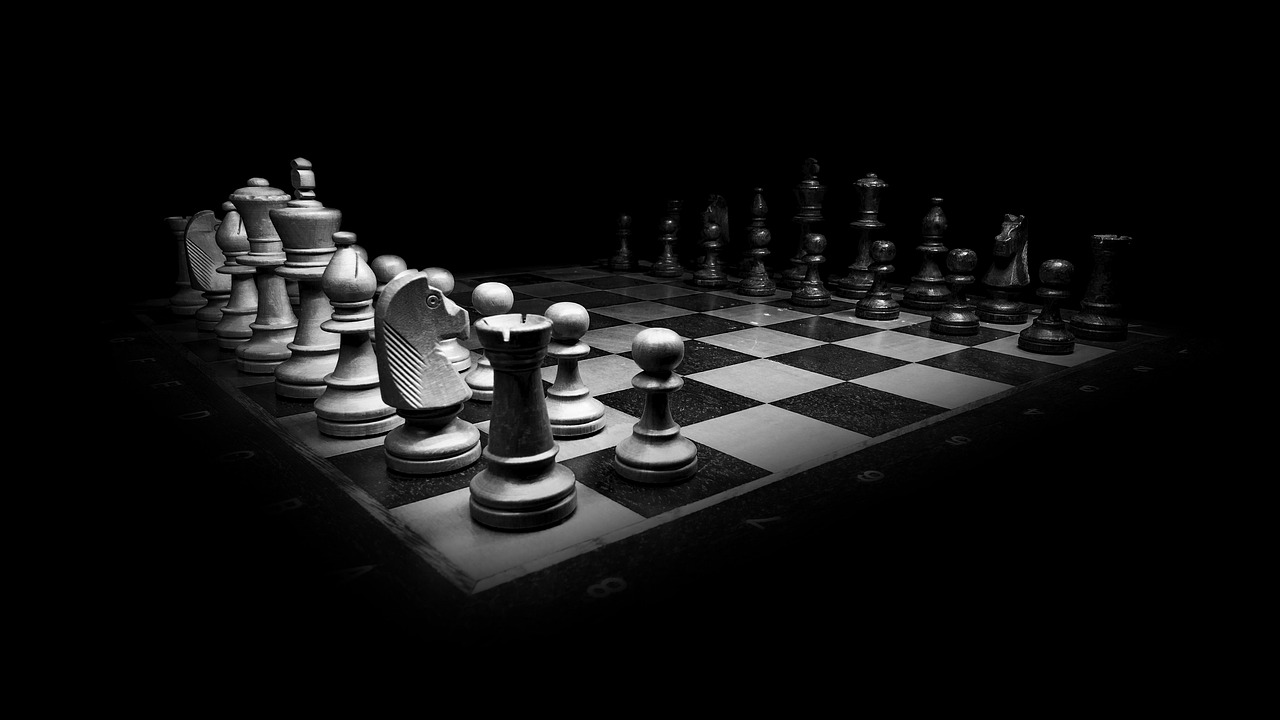
Wimbledon apologizes for missed line calls on Centre Court
Wimbledon organizers issued a formal apology after an electronic line-calling system on Centre Court was mistakenly turned off, causing three missed calls in a single game during the 2025 tournament. The malfunction occurred in the fourth-round match between Anastasia Pavlyuchenkova and Sonay Kartal, where Pavlyuchenkova claimed a game was “stolen” from her because a critical shot by Kartal was not called out. The All England Club confirmed that the system was “deactivated in error on part of the server’s side of the court for one game, ” resulting in no calls being made by the technology during that period.
Human error caused electronic system failure at Wimbledon
The failure was attributed to human error rather than a flaw in the technology itself. According to the All England Club, the system was inadvertently switched off due to operator mistakes, and the chair umpire, Nico Helwerth, was unaware the technology was offline. Helwerth made two calls himself but did not call the ball out on the third questionable shot, instead opting to replay the point after consulting with officials. The rulebook requires the chair umpire to make a call if the electronic system fails, and if the umpire cannot decide, the point is replayed. This procedure was followed, but critics argue the umpire should have called the ball out.
Player
Player frustration highlights limits of current technology use. Pavlyuchenkova expressed clear frustration, telling the umpire, “You took the game away from me. they stole the game from me.” Despite winning the match, she questioned why the chair umpire did not overrule the lack of electronic call. She suggested the umpire might have hesitated due to Kartal’s local status or the pressure of making a big decision. This incident fueled ongoing player skepticism about the reliability of the electronic line-calling system, which was introduced at Wimbledon for the first time in
2025. Notably, top players like Emma Raducanu and Belinda Bencic have publicly voiced concerns about inconsistent calls, with Bencic calling the technology “not correct” for this tournament.

Technology replacing line judges remains controversial
Wimbledon’s move to replace traditional line judges with electronic line-calling follows trends set by the US Open and Australian Open, where technology has been widely adopted. However, the system at Wimbledon does not allow players to challenge calls with video review as in other tournaments. Former world number one Iga Swiatek acknowledged doubts but said she trusts the system, while former Wimbledon champion Pat Cash criticized the chair umpire for not making a clear call himself, calling it “mind-boggling” that the umpire did not simply call the ball out when it was “so far out and right in front of his face.”

Calls
Calls for video review and umpire authority to improve fairness. Players and commentators have called for the introduction of video review technology similar to that used in football to reduce errors in crucial moments. Pavlyuchenkova argued that on such a major stage, video checks are necessary to avoid repeated mistakes. She also emphasized the importance of empowering chair umpires to make decisive calls rather than deferring entirely to technology, stating, “otherwise we could have also had a match without a chair umpire.” This highlights a tension between automated systems and human judgment in tennis officiating, especially when technology fails or is ambiguous.

Wimbledon
Wimbledon commits to process review and maintaining trust in technology. In response to the incident, the All England Club stated it has fully reviewed its operational processes and implemented changes to prevent similar errors. Despite the malfunction, the club maintains full confidence in the accuracy of the electronic line-calling technology, which uses high-speed cameras and algorithms capable of tracking ball trajectory with millimeter precision. Nonetheless, the episode at Wimbledon 2025 underscores the challenges of relying solely on technology in high-stakes sports and the continuing debate over how best to balance human oversight and automated systems to ensure fairness and trust in match outcomes.





